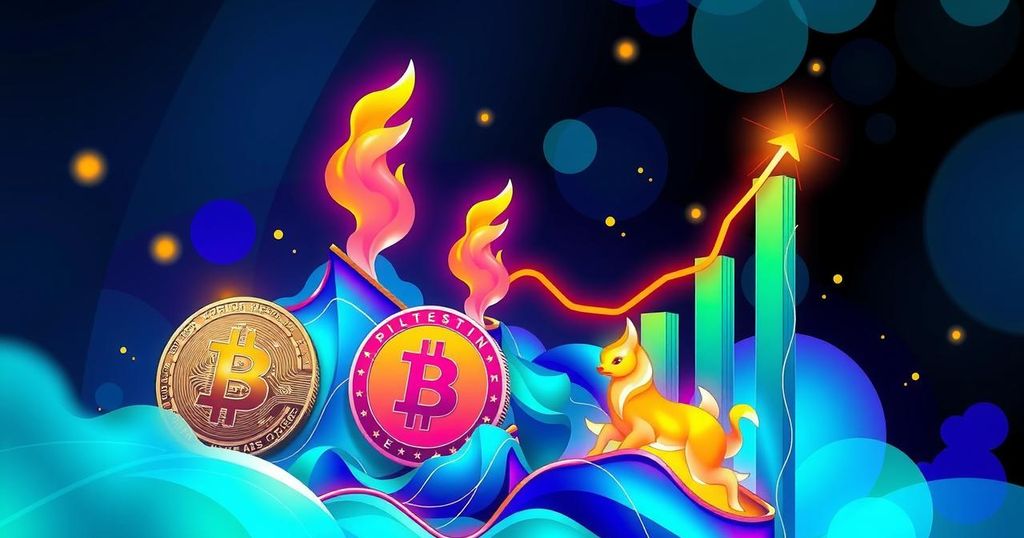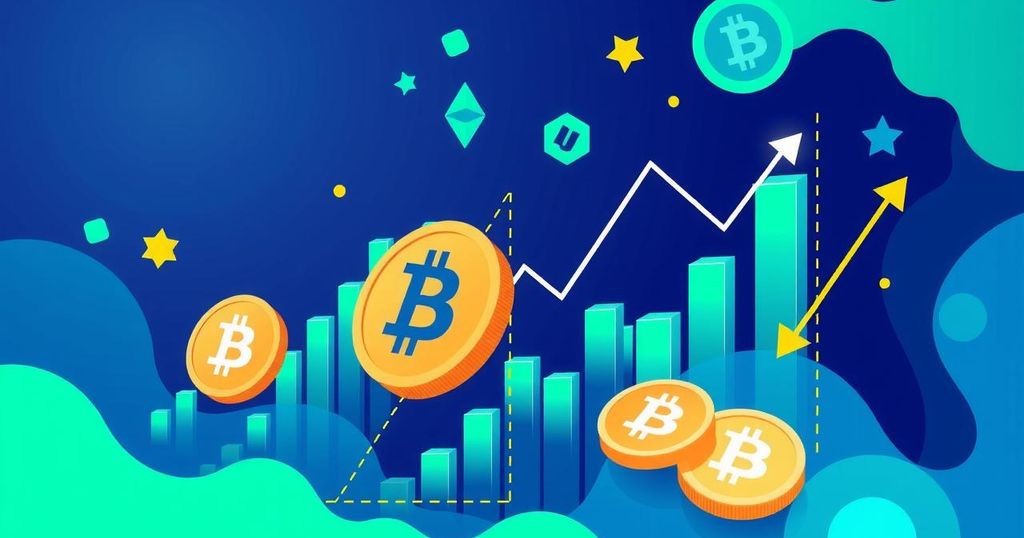Meme Coins: Investing in a Joke, or Is the Joke on You?
Meme coins are gaining attention as cryptocurrency enters a new bullish phase; however, their investments carry significant risks due to high volatility, lack of intrinsic value, and potential scams. Understanding the characteristics and history of meme coins is crucial for anyone looking to invest in this quirky corner of the market.
As 2024 approaches, the spotlight is once again on meme coins, those humorous digital currencies that leave many wondering: are they a clever investment or just a joke? Following a bullish turnaround in late 2023 for cryptocurrency investing, these tokens, often tied to light-hearted memes, are surging back into popularity. However, diving into these coins needs a sprinkle of caution.
Eager to dabble in meme coins? You might want to reconsider if you’re putting in more than you can afford to lose. For those still curious, the essential features of these coins, their background, and a few well-known examples are certainly worth exploring. Note that while specific cryptocurrencies are talked about here, this isn’t an endorsement of them. As always, Encyclopædia Britannica, Inc. isn’t offering investment advice.
So, what’s the deal with meme coins? At a very basic level, they’re digital currencies inspired by internet culture—think of them as crypto’s answer to meme stocks like GameStop. They typically run on standard blockchain protocols, yet don’t carry any serious financial or technological significance.
Here are the standout characteristics of meme coins:
1. **Rooted in Humour:** Most meme coins are created as jokes, playing with the concept of satire to keep things interesting.
2. **Community-Focused:** The online community heavily shapes a meme coin’s value. Active supporters are vital in keeping that coin’s popularity alive.
3. **Social Media Darlings:** These coins thrive on social media buzz, often leading to a rollercoaster ride in their market performance.
4. **No Real Value:** Lacking any underlying utility, the value of these tokens can plummet, unlike traditional stocks that have intrinsic worth.
5. **Volatility:** Prices, trading volumes, and other metrics can swing wildly, making it thrilling yet risky.
6. **Enticing Speculators:** Many rush in hoping for quick returns—think of it as playing the gambling tables instead of investing.
7. **Limited Use:** Beyond trading, many meme coins serve little to no practical purpose and often lack proper outlines explaining their technology.
8. **Short Lived:** Most meme coins fizzle out quickly, with only a few managing to stick around.
9. **Easily Created:** Launching a meme coin is simple, requiring little to no technical skills.
10. **Small Market Caps:** Even when they catch on, most meme coins trade for just a small fraction of a penny.
11. **Low Fees:** Transactional costs are often minimal, which feeds into that speculative trading environment.
12. **Plenty of Copies:** The success of famous meme coins often inspires similar, yet derivative creations.
Now, while some people might find fun in meme coin investments, it’s crucial to recognize the inherent risks. Prices can crash—as speculative as they are—it’s possible for an investment to hit zero. The heightened volatility can make it a thrill ride, but the excitement is often fleeting.
And yes, the risks extend beyond mere price fluctuations. These include:
– **Scams:** Unscrupulous actors can exploit the hype around meme coins to set up fraudulent schemes, including pump-and-dump tactics and rug pulls where developers vanish with investors’ money.
– **Security Concerns:** Due to rushed development and inexperienced creators, many meme coins suffer from security flaws that can have real implications for holders.
– **Regulatory Scrutiny:** As digital asset regulations shift, meme coins, often viewed as trivial or purely speculative, might face more stringent rules.
So, what’s the history of these quirky tokens? It’s relatively brief but quite lively:
– **2013:** It all started with Dogecoin, created as a laugh to mock the overabundance of cryptocurrencies at that time.
– **2020:** Shiba Inu came along, leveraging the popularity of Dogecoin and managing to create its own community, not to mention some celebrity endorsements along the way.
– **2021:** A wave of new meme coins entered the scene, though many swiftly fell victim to the inevitable crash during the bear market, leading to wider scrutiny of their legitimacy.
– **2023:** Enter PEPE, the token linked to the iconic character Pepe the Frog, which revived interest in the space, though not without controversy regarding its associations.
Meme coins are a curious blend of fun and danger. While they can be the hottest topic today’s social media, it’s vital to remember that these investments might be more of a gamble rather than serious financial activity. If you’re in it for the laughs and supporting a community, you might find the potential upsides worth the ride. But as with any financial decision, it pays to know the risks—because like any good bet, the odds are often not in your favour.




Post Comment